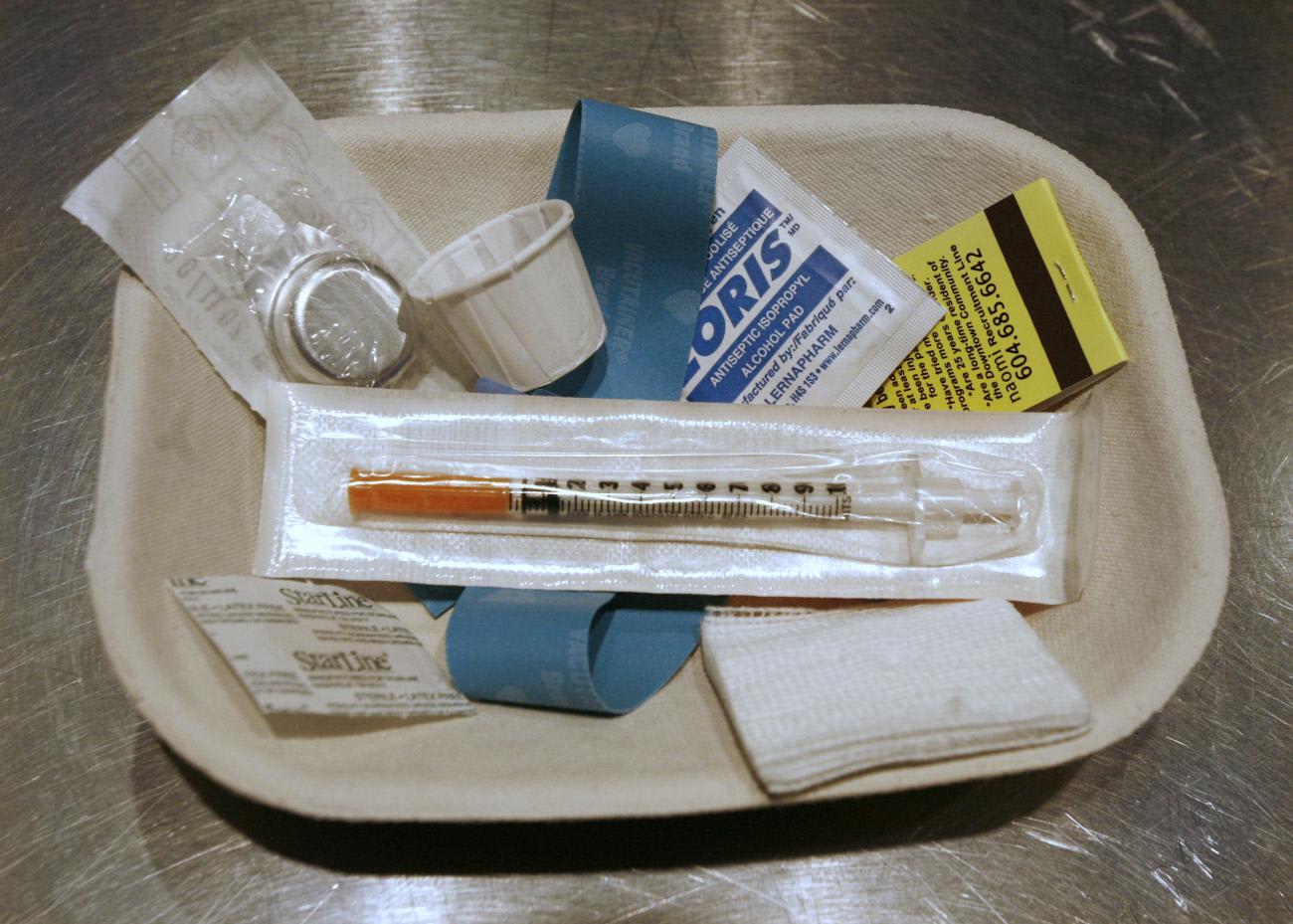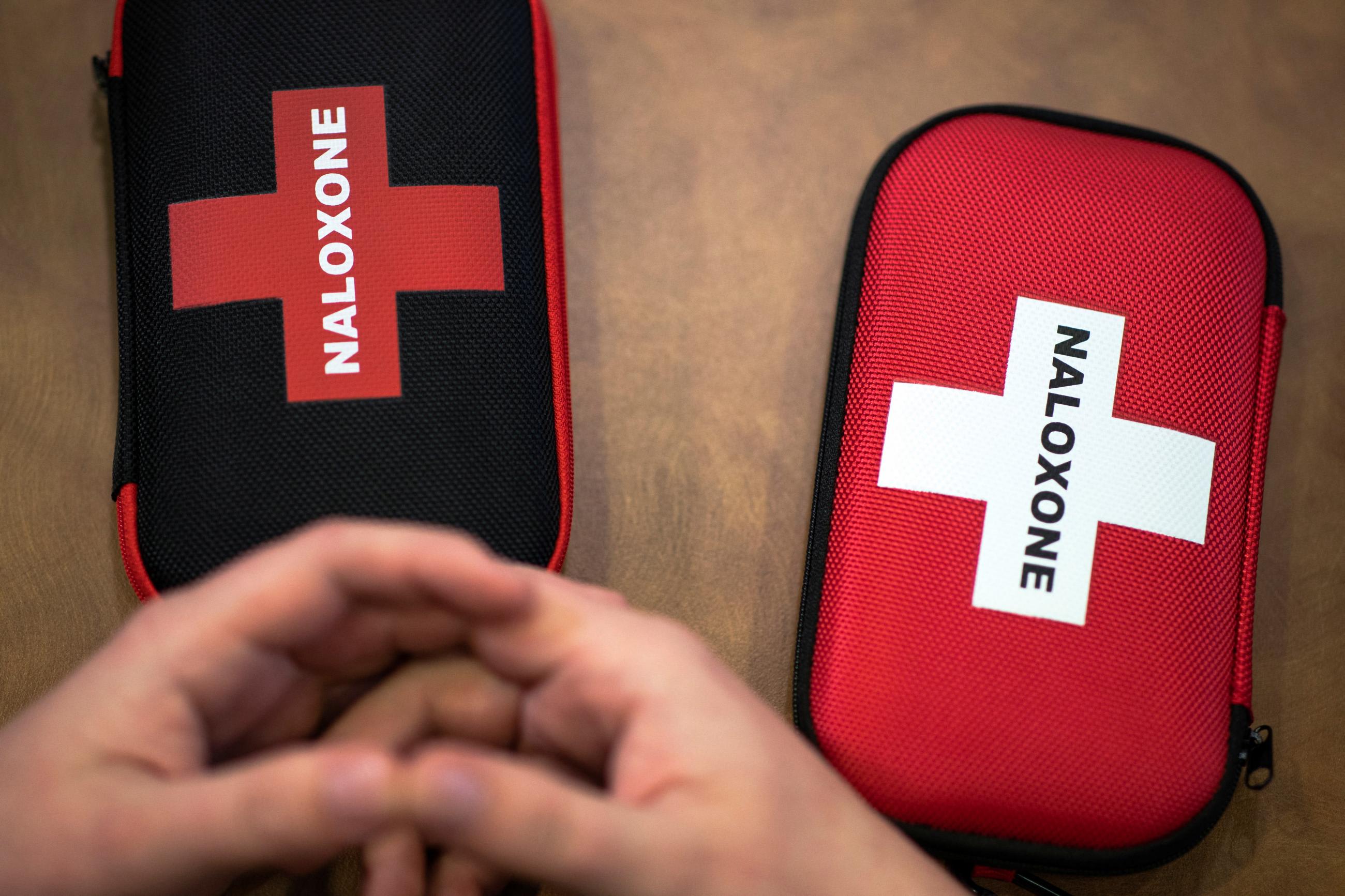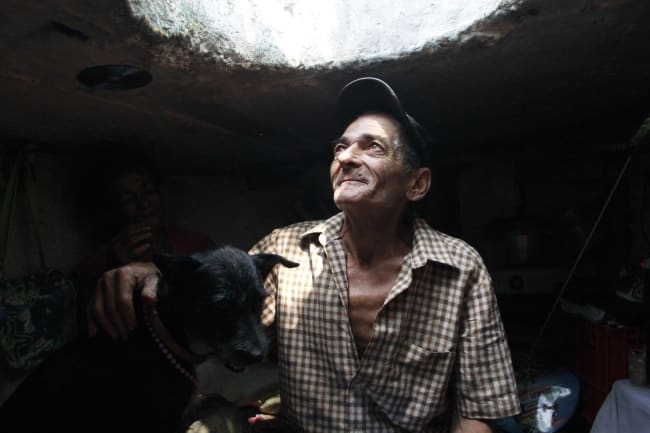Supervised consumption sites—where people can use previously obtained illicit drugs under the supervision of trained medical personnel to prevent fatal overdoses—have recently come under fire in Ontario, Canada. In August 2024, the province announced plans to close 10 of its 23 supervised consumption sites, including five in Toronto.
Canada has been a global leader in safe consumption sites, with private organizations establishing 47 locations across the country. From 2017 to early 2025, these facilities recorded more than 5.2 million visits and prevented more than 64,000 fatal overdoses. Remarkably, not a single fatal overdose has been reported at a supervised consumption site.
Despite their proven utility, critics of supervised consumption sites float concerns about the proximity of these sites to schools and daycare centers, motivated by fears that their presence could contribute to increased rates of shootings, stabbings, and homicides in surrounding areas.
In March, researchers published a study in The Lancet Regional Health—Americas that assessed whether homicide rates rose near nine supervised consumption sites in Toronto. The authors say this study is the first of its kind to focus specifically on violent crimes.
Homicide rates between 2010 and 2023 were analyzed within three geographical zones based on proximity to supervised consumption sites: near, less than 500 meters (0.31 miles); far, 500 meters to 3 kilometers (0.31 miles to 1.86 miles); and out, more than 3 kilometers.

Their findings demonstrate a decrease in homicide rates in near areas, no significant change in far areas, and a slight increase in out regions after the addition of supervised consumption sites. These results contribute to a growing body of evidence that supervised consumption sites are not associated with increased public disorder or crime in their vicinity and could improve safety in their nearby vicinity.
The study design, however, does not allow for establishing a direct causal link between supervised consumption sites and reduced homicides, and its analysis was limited to fatal shootings and stabbings, thereby constraining the generalizability of the findings to other types of crimes.
Recent Actions Surrounding Supervised Consumption Sites in Canada
In late 2024, Bill 223, Safer Streets, Stronger Communities Act filed to amend the Community Care and Recovery Act, which would shut down supervised consumption sites in Ontario. The bill would also require municipalities and local boards to receive approval from the Ontario minister of health to apply for a federal exemption to open new supervised consumption sites.
The proposed changes sparked opposition protests from harm reduction advocates, patrons of supervised consumption sites, and health professionals. The bill's proponents say that the purpose of the act is not to shut down the facilities, but to regulate their location. In Ontario, however, licenses for supervised consumption sites are tied to their address, and thus any operation that wants to relocate needs a new license. However, the government said they wouldn't approve those requests, effectively barring new sites from opening. Sandra Ka Hon Chu, co-executive director of the HIV Legal Network, explained that "there's a million ifs" and the new legislation "will make it either impossible or virtually impossible to relocate or open a site."
In late March, the court granted an injunction allowing supervised consumption sites to stay open temporarily. However, only 1 of the 10 sites slated for closure in Ontario has remained operational. The state government will convert the other nine sites to Homelessness and Addiction Recovery Treatment hubs, which will focus on treatment and recovery. Although these hubs will provide quality care and supportive housing to individuals, they will not provide critical harm reduction tools, such as clean syringes, which are necessary for the safety and wellbeing of people who use drugs. Most supervised consumption site operators have agreed to the government's plan because they risked losing new provincial funding under the injunction. This escalating tension has set the stage for a broader political clash over the future of harm reduction in Canada.
Supervised consumption sites have demonstrated to be highly effective in preventing overdose deaths. The new study demonstrates that they do not compromise the safety of surrounding areas, making it all the more important to bridge the gap between evidence and policy.
These sites are not merely clinical interventions; they are also linchpins in a broader public health effort to destigmatize drug use, and support empathy and treatment rather than criminalization.
That means advocating for the continued availability of SCSs, championing harm reduction-informed health education, and expanding access to addiction treatment and social services. These efforts are essential to ensure that lifesaving care remains within reach for the communities who need it most.













